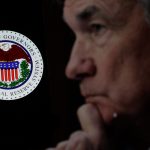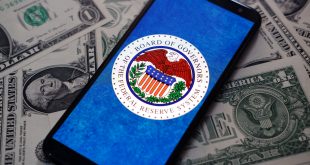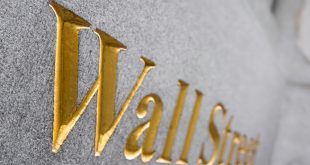Federal Reserve Chair Jerome Powell surprised many in his recent speech at Jackson Hole, signaling a potential interest-rate cut in September. This move is a significant gamble, as it prioritizes supporting a weakening labor market over the traditional focus on controlling inflation. While the unemployment rate has held steady and layoffs remain low, a growing sense of unease surrounds the job market. Companies are hesitant to hire, and new job seekers are struggling to find work, which Powell himself described as a “curious” situation.
Tariffs and the Tipping Point
The Fed’s decision to consider a rate cut appears to be a response to two key factors: the slow-down in job growth and the potential economic impact of new tariffs. The central bank is seemingly hoping that slightly lower interest rates will encourage businesses to continue investing and hiring, rather than laying off workers in response to the added costs and uncertainty created by the tariffs.
While a small rate cut may not dramatically alter the economy’s trajectory, it could provide a much-needed boost to business confidence. The shift in the Fed’s stance was likely influenced by a recent jobs report that showed a significant downward revision in job growth, with the economy adding only a fraction of the jobs it had in the previous year. This data appears to have been the tipping point, prompting the Fed to re-evaluate its priorities.
The Inflation Question
The Fed has two primary goals: maintaining low inflation and a healthy labor market. In the past, when both inflation and economic weakness were present, the Fed’s formula suggested that inflation would take precedence. However, Powell’s speech suggests a reversal of this approach, with the central bank now placing a greater emphasis on the health of the job market.
A key factor in this decision is the lack of significant wage acceleration. While rising wages can contribute to an inflationary spiral, this is not currently a major risk. With workers having limited power to demand higher pay, the Fed feels it has room to maneuver and support employment without igniting a price-hike cycle. The future pace of rate cuts will depend heavily on what happens with unemployment in the coming months. Powell maintains that a rate cut would not be an attempt to stimulate the economy, but rather to adjust interest rates to a more “normal” level given the current economic climate.

 Noor Trends News, Technical Analysis, Educational Tools and Recommendations
Noor Trends News, Technical Analysis, Educational Tools and Recommendations




